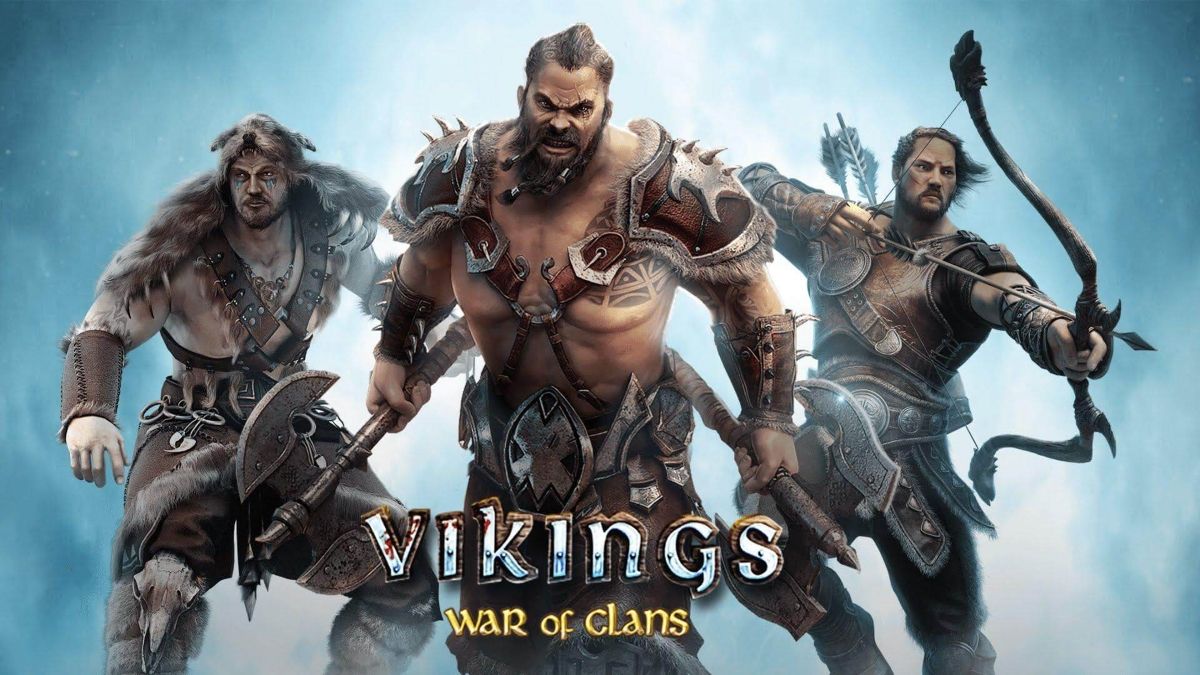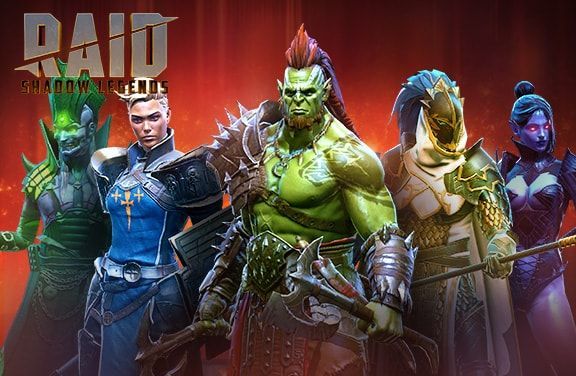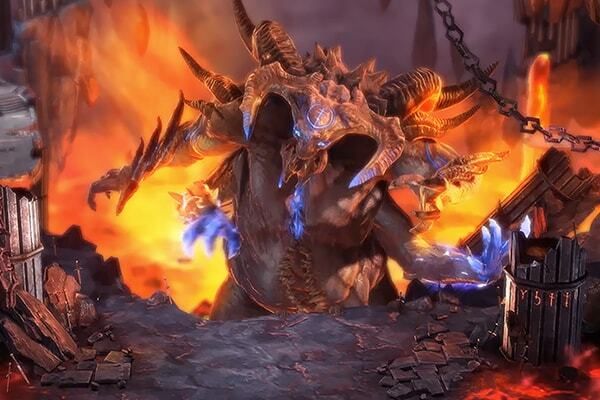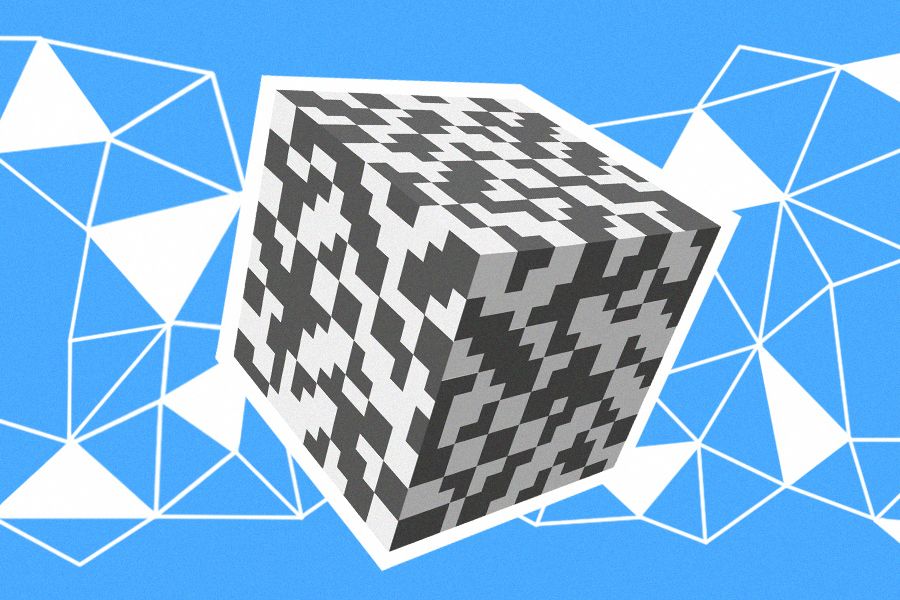2018’s mobile gaming trends: Crypto, media empires, and esports

Mobile gaming is underappreciated as one of the most dynamic consumer-facing markets. It requires constant adaptation to the latest way consumers desire their media consumption. While console games are all built for dedicating blocks of time in your home, mobile developers must master a more complicated user ecosystem and gaming’s context within that.
With such a crowded market, mobile developers’ long-term success is defined by their capability to create a powerful, interactive community that not only wishes to participate themselves but seeks to bring other players in as well. With user acquisition costs sometimes exceeding $10 cost per install (CPI), and only getting more expensive, building and retaining a strong community isn’t just an added bonus. It’s the only way to keep the doors open. The trends we see moving into 2018 are largely a result of building game communities.
Tokenization of mobile
A few years ago, most hadn’t heard of Bitcoin. Today, it’s impossible to read the news without hearing about the surging cryptocurrency and the runaway Initial Coin Offering (ICO) market valued at over $463 billion as of time of writing (and only continuing to grow). Tokenization isn’t just about creating coins that appreciate value, it is also about finding a utility case for them. Mobile gaming is undergoing initial implementation of this concept, trying to create currencies that are able to stitch in-game purchases across many different games. This could be revolutionary for the freemium mobile gaming market.
If a player purchased resources in one of a developers’ games but wishes to transfer that same value over to another game they wish to spend their time with, tokenization could enable this practice across developers and games. There are other desirable use cases with cryptocurrency and gaming, such as using an ICO to raise money for a new game. Instead of raising money through a traditional means, certain game developers sell game-specific coins to investors at an “early-bird” price, which can be used to buy special in-game items in the game once completed, or to sell to others on the cryptocurrency exchange at an appreciated value. Crytek and CryCash is an early example of what implementing cryptocurrency could look like. While this approach potentially requires overcoming regulatory hurdles along the way, expect to see a lot more test-and-learn with cryptocurrency in the mobile gaming market.
Gaming companies are becoming media empires
For years, mobile gaming has helped curb rising user acquisition costs by signing deals with major entertainment studios for their well-known IPs and turning them into mobile games. This has become common practices among elite mobile game developers that have brought franchises like Terminator, Avatar, Transformers and others to small screen handheld devices and tablets. We are beginning to see a shift in this practice and view more popular original mobile game IPs make their way into other entertainment platforms.
One of the early examples of this shift is with the popular South Korean mobile game Summoners War. In November, developer Com2us announced it signed a partnership with Skybound Entertainment, the studio of famed The Walking Dead creator Robert Kirkman, to expand the game universe into an entertainment franchise across various mediums, including comics, animated series and more. Creating a community that expands beyond the game world is one of the most straightforward solutions to rising acquisition costs because it expands the community further than it could have ever gone on its own.
This is ultimately great for maturing the mobile gaming experience. Developers are now incentivized to create more developed characters, improve narratives, and expand lore for mobile games. Angry Birds had done it successfully before with its film franchise, but Summoner’s War helps illustrate that there is a place for this practice in a hardcore market, or less commercially mainstream IPs.
Esports and Twitch accessibility will be baked into game design
Prior to the growth of live-streaming gaming platform, Twitch, and the mainstream appeal of esports, mobile game developers weren’t worried about creating games that accommodate these platforms in a meaningful way. Blizzard’s Hearthstone was more or less an accidental success in the live-streaming/esports community. Now, mobile game developers are purposely building their games around the accessibility of these platforms, hoping to grow their Twitch following and build larger communities. It’s no longer just about whether a game is fun to play, but whether it is fun to watch and engage with as well.
Proof-of-concept over monetization
Game developers are adopting an approach that we’ve seen across the web; scale first and monetize later. The games that rule the mobile charts are familiar, and most are free-to-play. In the coming year, monetization practices will become a backseat concern for a good portion of developers. Battle royale-style Player Unknown Battlegrounds (PUBG) is an example of a game that was more interested in ushering a new era of multiplayer than about monetizing every aspect of it. In fact, what makes the game so fresh is that everyone begins each battle on an even playing field, able to pick-up strong weapons and gear as they move around the large open map. This is a new approach in a stagnant shooter multiplayer genre, and its unique appeal is based on the lack of loot crates and add-on items that are the basis for the majority of game monetization.
With the runaway success of PUBG there has been understandably been similar games on console, like FortNite, and battle royale play modes on existing games that didn’t have them originally. It is also coming to mobile, with Tencent bringing the PUBG-like Glorious Mission to China. We can expect mobile developers to put a backseat to monetization practices while they try to build interest in conceptually new games for mobile.
The heart of mobile’s advancement is tied to dealing with the skyrocketing costs of user acquisition. As developers race to keep the costs down and retain valuable players to stick with mobile game brands, it will truly bolster mobile gaming into a wave of new innovation and better practices for both gamers and developers.
Nick Day is a creative director at Plarium, one of the fastest growing developers of mobile, social, and web-based games, with 250 million registered users.
Original article: venturebeat.com.



